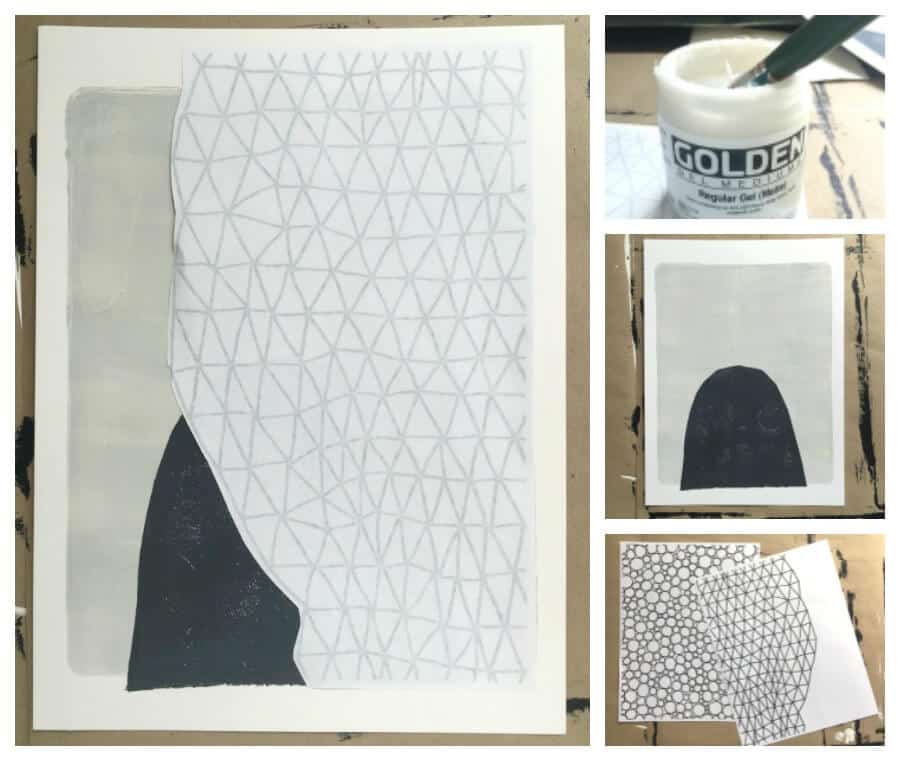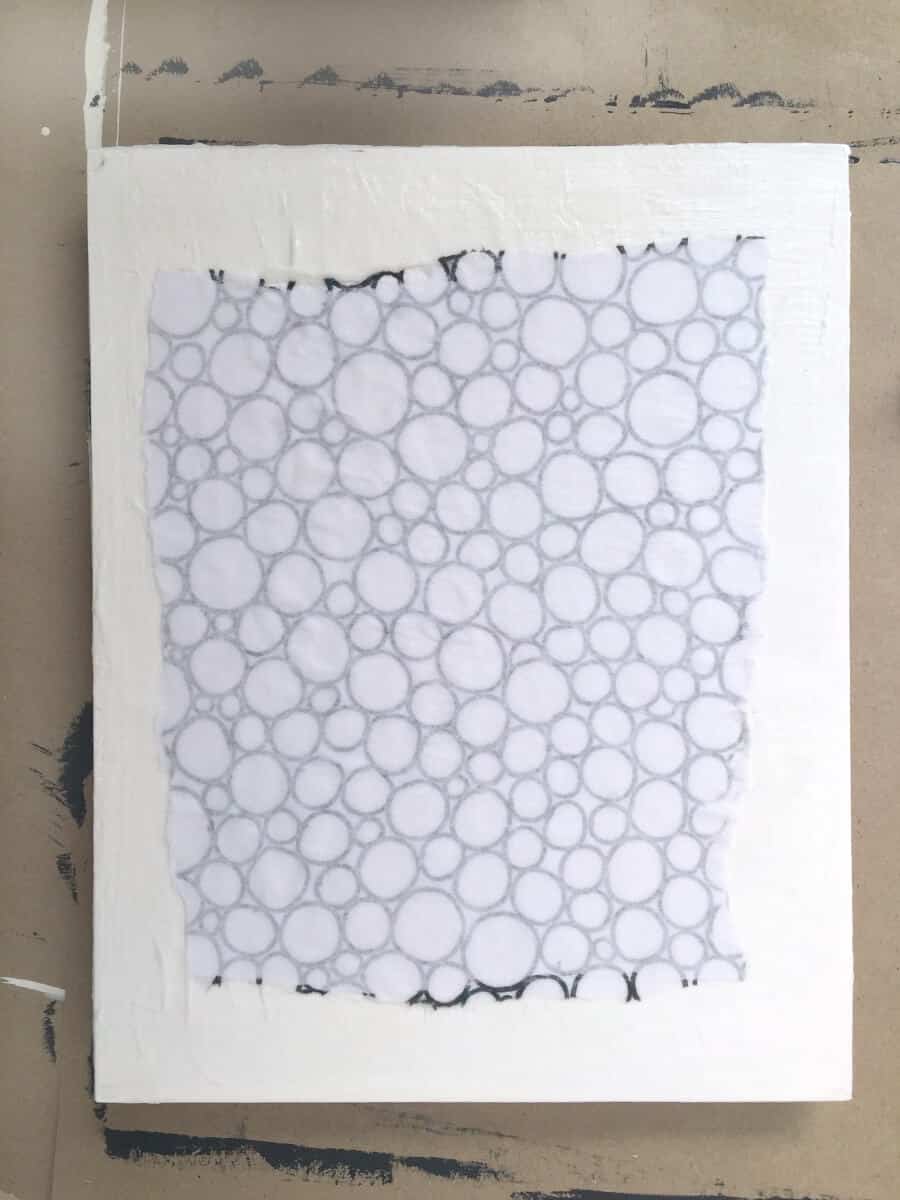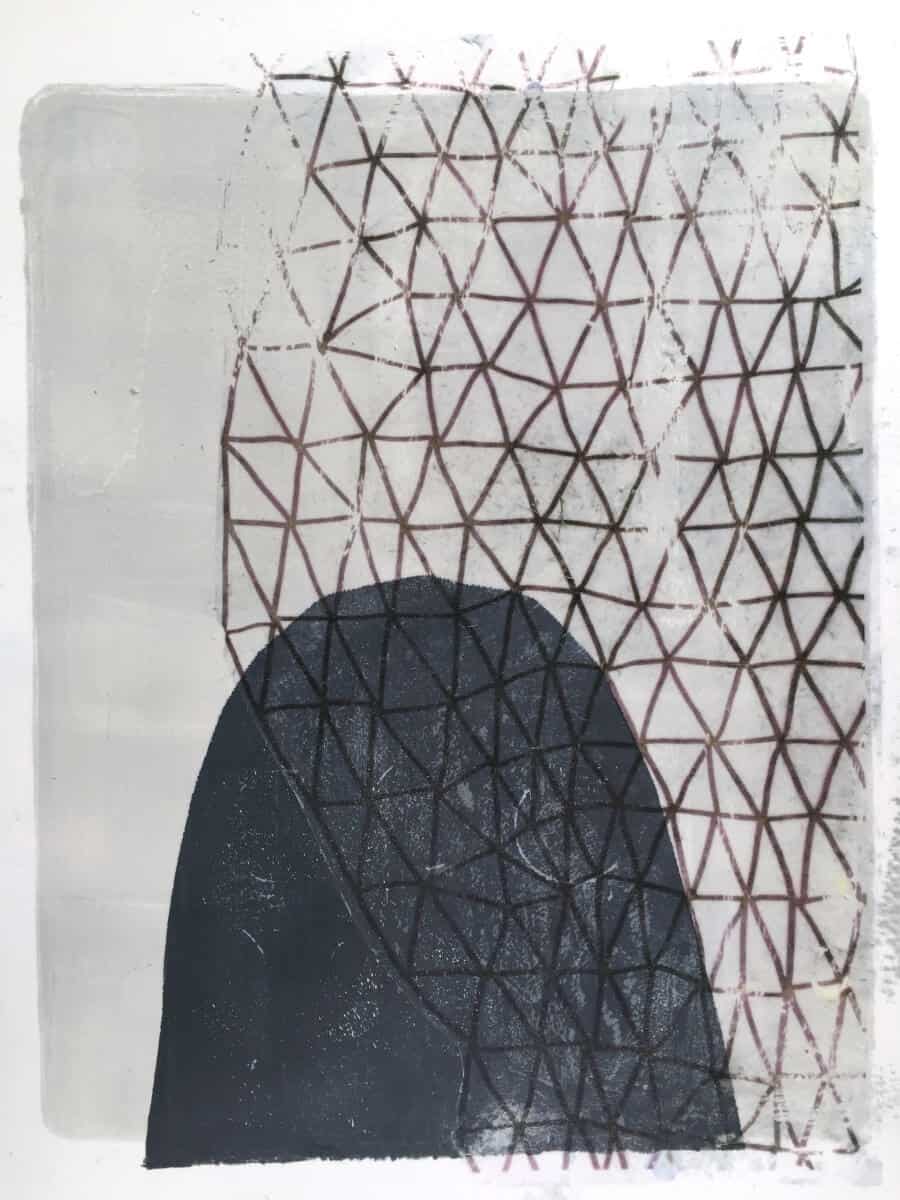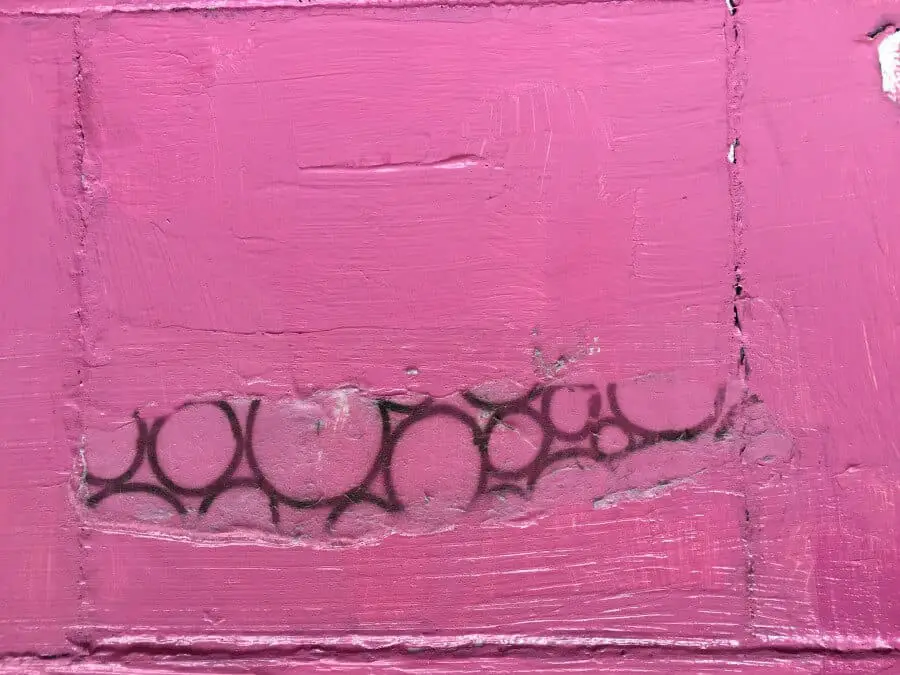Print transfer is one of my favorite art techniques. Watching the image appear magically on another surface is insanely satisfying, and there are lots of techniques for print transfer, which make it all the more fun to experiment with.
This time I decided to revisit a transfer project I did with Fen a few years ago, but I wanted to try some different variations of the same technique.
I tried using printouts of a couple of my coloring pages onto gelli prints I had previously made, and also a gessoed board.
This method of transfer printing uses gel medium and a printout. I have only done this with inkjet prints, which I have always heard you shouldn’t use with transfer printing because of the way the ink is absorbed into the paper (as opposed to laser prints and photocopies, where the ink sits on the surface of the paper).
Being the renegade that I am, and also because I’m too lazy to go to a copy machine, I’ve been using inkjet prints. And they work.
BUT! Then my little curiosity was piqued, because what if laser prints and photocopies work better, which they probably do, otherwise people wouldn’t be all fussy pants about it.
Off to Staples! Watch for a follow-up post using photocopies next week.
Materials:
Images: inkjet prints, laser prints, or photocopies
Gel medium – Golden and Liquitex are my favorites; choose whether you want a matte or glossy finish.
Acrylic-painted surface. I like any gessoed panel or canvas board for these projects, because they don’t warp and can take a little abuse. (The printed papers I printed on curled up.)
Technique:
On top of an acrylic-painted or printed surface, spread a thick layer of acrylic gel. Pretend you are spreading butter, nice and evenly. Don’t eat your panel.

Place your print face down on the gel and press it into the surface. Don’t press so hard that you squish all the gel away, and please don’t slide the print all over the surface of the gel like some sort of weird print-slider. Weirdo.
Leave it alone. Let it dry. Eat burritos.

Here’s a little Facebook Live video I made to show you the beginning part of the technique:
Whence it hath dryeth, moisten the paper with a little warm water, and start peeling/rubbing the paper away. It should magically and excitingly leave the ink on the surface of the painting. YA! YAY!


Here I tried a little strip on a thick layer of acrylic paint:

Here is the print on the gessoed board. I removed the paper and painted some acrylic washes over it, then blotted parts away with wadded-up paper towel. You can also tint the gel medium with a color before making the print.

Here’s what I experienced this go-round:
The ink from my prints smeared a bit while I was rubbing the paper away, making me curious about trying a photocopy.
It takes a couple of tries to get off most of the paper. Once it dries after the first layer is removed, you’ll see some white in places where the paper still needs to be rubbed away more.
I like the way they look on the prints I had previously made, so if I do this again, I’ll probably end up using the gel medium to glue the print to a hard board. (Gel medium is an excellent glue and collage paste.)
It’s easier to be more aggressive with removing the paper when you have a thicker layer of paint and/or gel medium. I’ll try painting a layer of medium on my prints first, letting it dry, and then adding a second layer with the photocopy. You don’t want to glop on a big, fat layer of gel medium all at once, because it can craze (crack) as it dries.
Here’s more print transfer using gel medium- plus a bunch of other techniques to transfer images onto wood surfaces. We’ll be revisiting this technique again soon, too.
Comments
0 comments


Wonder if this would work on glass or porcelain? I’ve got some designs on paper I’d like to transfer to a mug or shotglass
These are great!
Why thank ya!